If you walk the drift line you’ll want to get to know Thinopinus pictus, the pictured rove beetle. Pictured roves roam the damp sand between the swash and dry sand ambushing beach hoppers. They’re most active at night, but the odds of running across one on your morning walk are high. You’ll have to watch carefully though, because they blend in on damp sand.
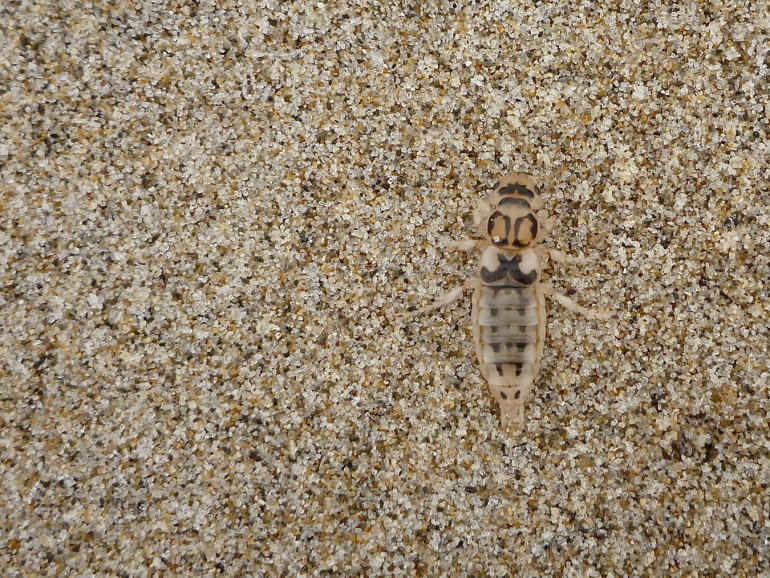
Rove beetles, like all coleopterans, are holometabolous. They have complete metamorphosis and the larvae, grubs, like the one shown below, pass through a pupal stage before emerging as adults.
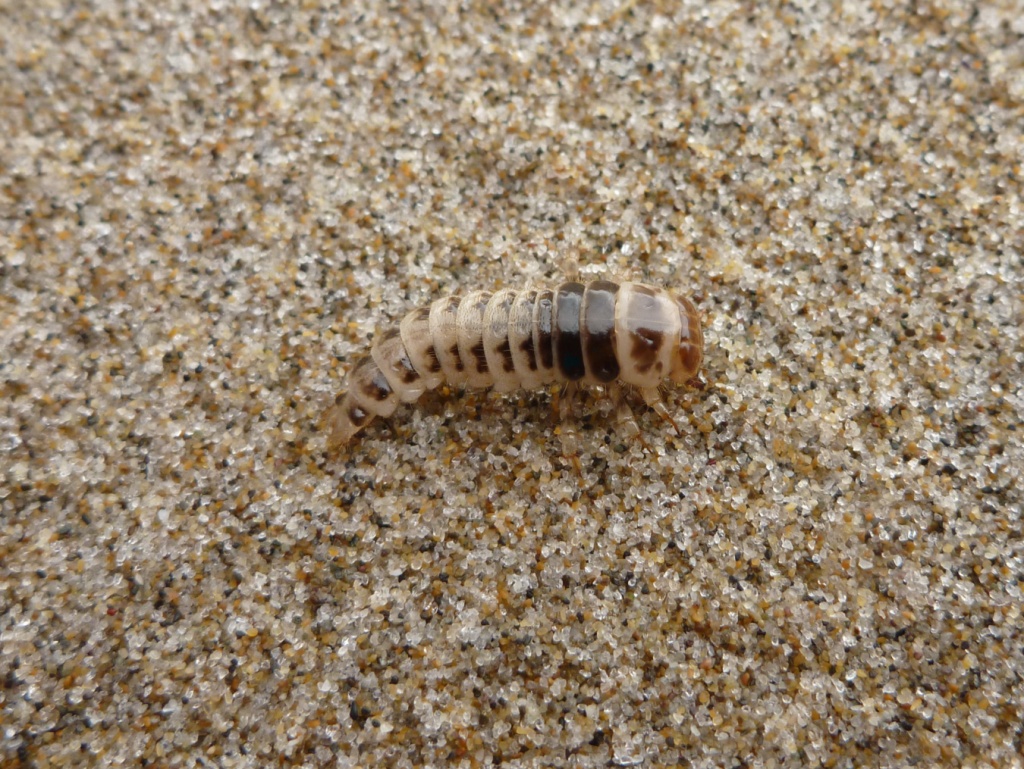
Thinipinus pictus lives on exposed beaches where its dependency on estuarine and subtidal ecosystems isn’t immediately obvious. Once understood, it’s an endearing quality. Specializing on beach hoppers, anything good for Megalorchestia californiana and M. columbiana is good for T. pictus. Juicy hoppers make a living on drift masses of eelgrass from the estuaries, and kelp from the subtidal. The band of damp sand around the drift line is where hoppers are hunted down or ambushed by pictured roves. The system of predator and prey is regulated by the sporadic deposition of drifted macrophytes on the beach. I showed some photos and wrote a few words about beach hoppers and drift kelp in An Ordinary Beach Cast Kelp.
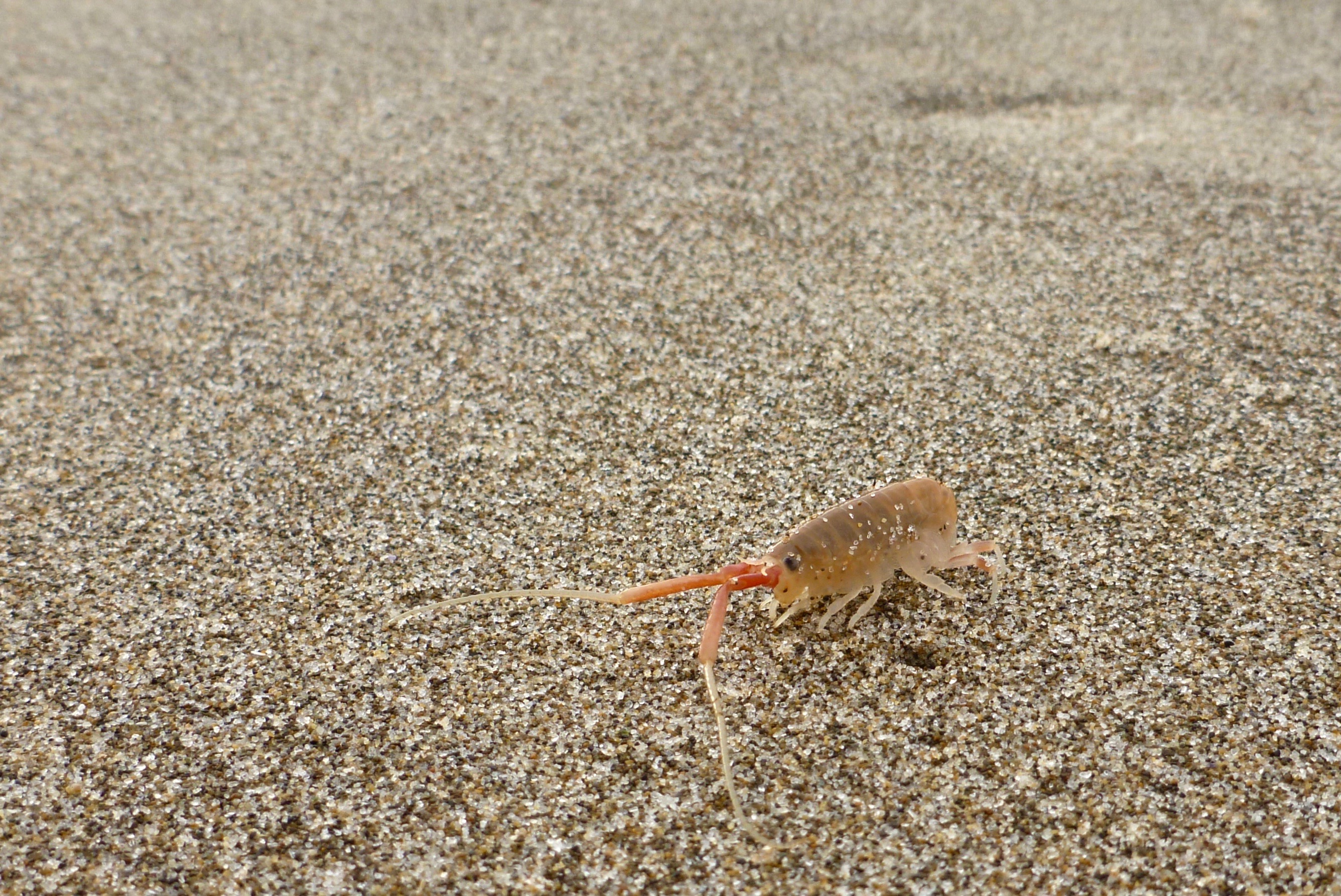
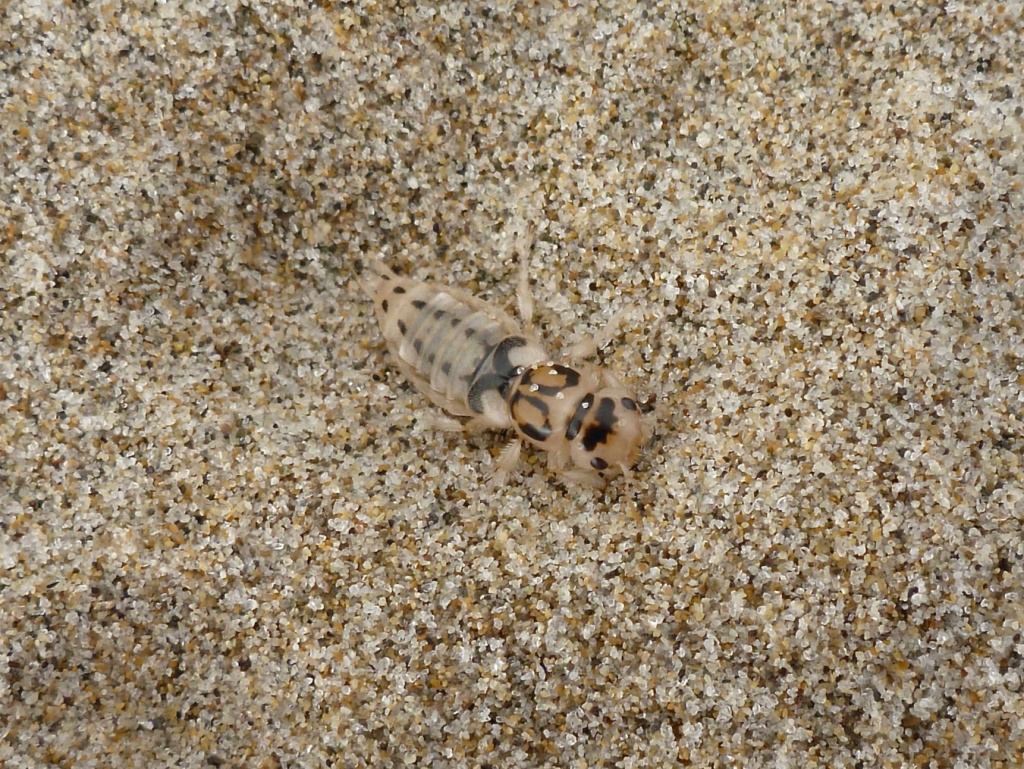
When T. pictus isn’t out chasing down Megalorchestia californiana or engaging in other surface activities, which is most of the time, they dedicate themselves to burrows they construct themselves.
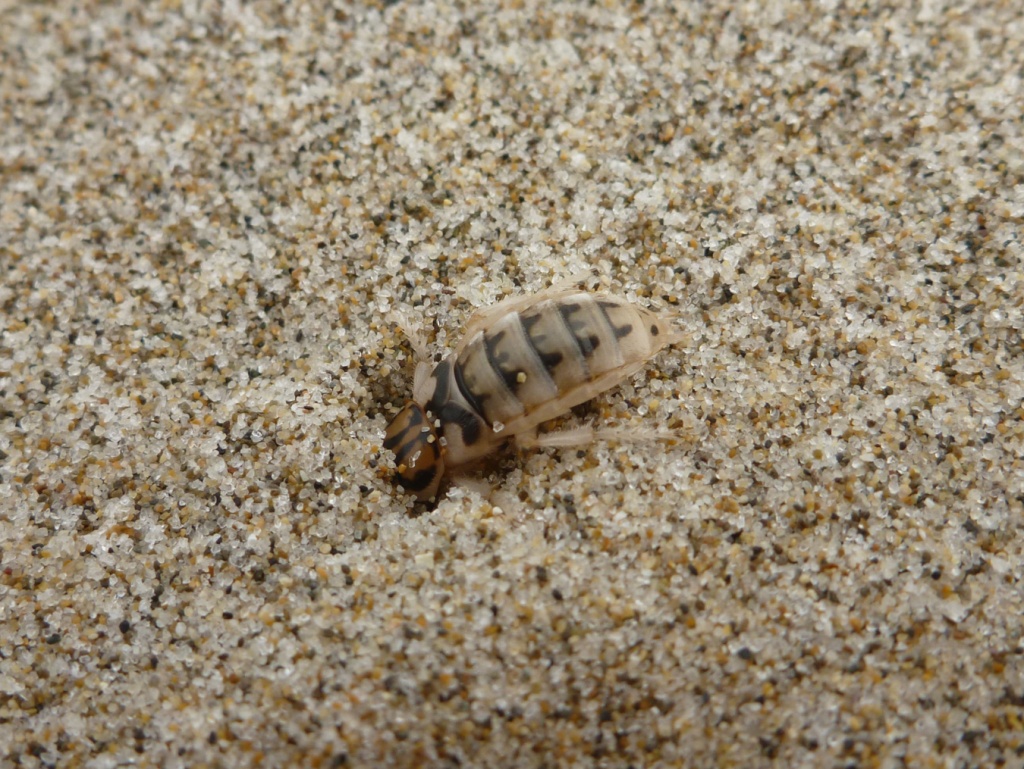
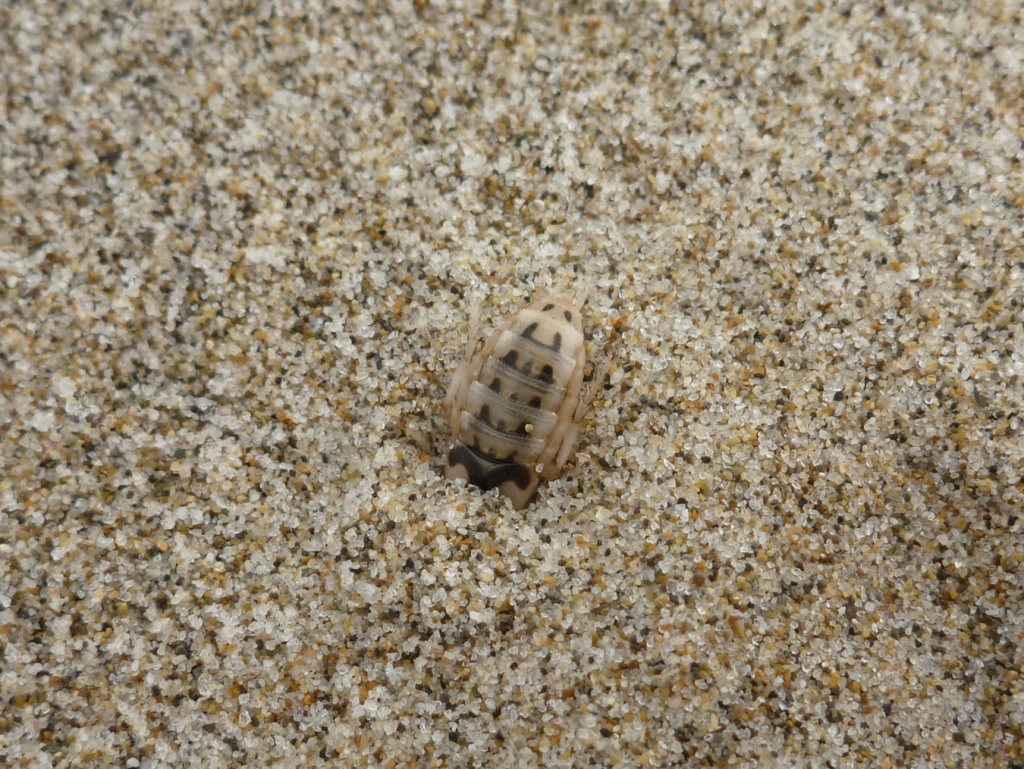
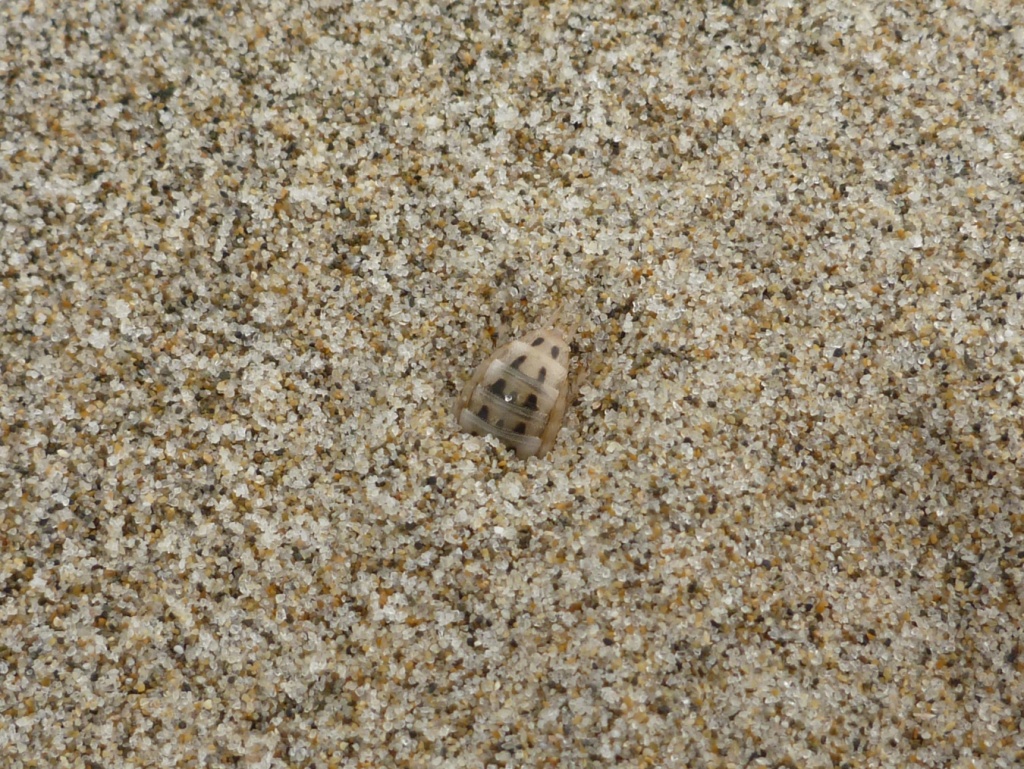
I took all the photos for this post, except the one of the T. pictus grub, early on July 23, 2016. If you want to see some other the other things I found in the drift line that morning, click here.
References
Craig, P. C. 1970. The Behavior and Distribution of the Intertidal Sand Beetle, Thinopinus Pictus (Coleoptera: Staphylinidae). Ecology, 51: 1012–1017. DOI: 10.2307/1933627
Laura J. Richards. 1983. Feeding and activity patterns of an intertidal beetle. Journal of Experimental Marine Biology and Ecology, 73(3): 213-224. doi:10.1016/0022-0981(83)90048-5
Acknowledgements
Mark Shelton, Associate Dean of the College of Agriculture (Emeritus), Cal Poly, San Luis Obispo, and a Registered Professional Entomologist, kindly confirmed that my photo of adult T. pictus was indeed an adult. He explained that all beetles are holometabolous after I wondered if I had some kind of intermediate nymph on my hands. Most importantly, he helped me feel comfortable calling beetle larvae grubs. I thank him.
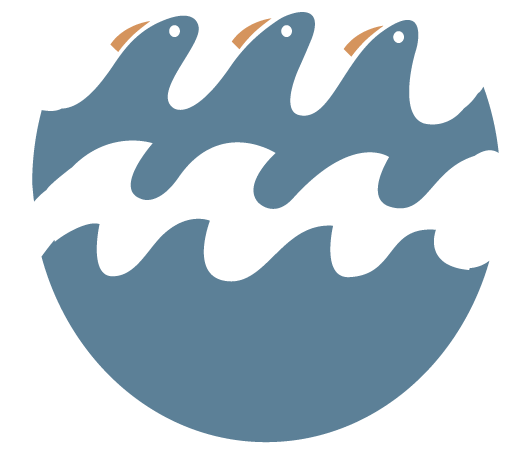
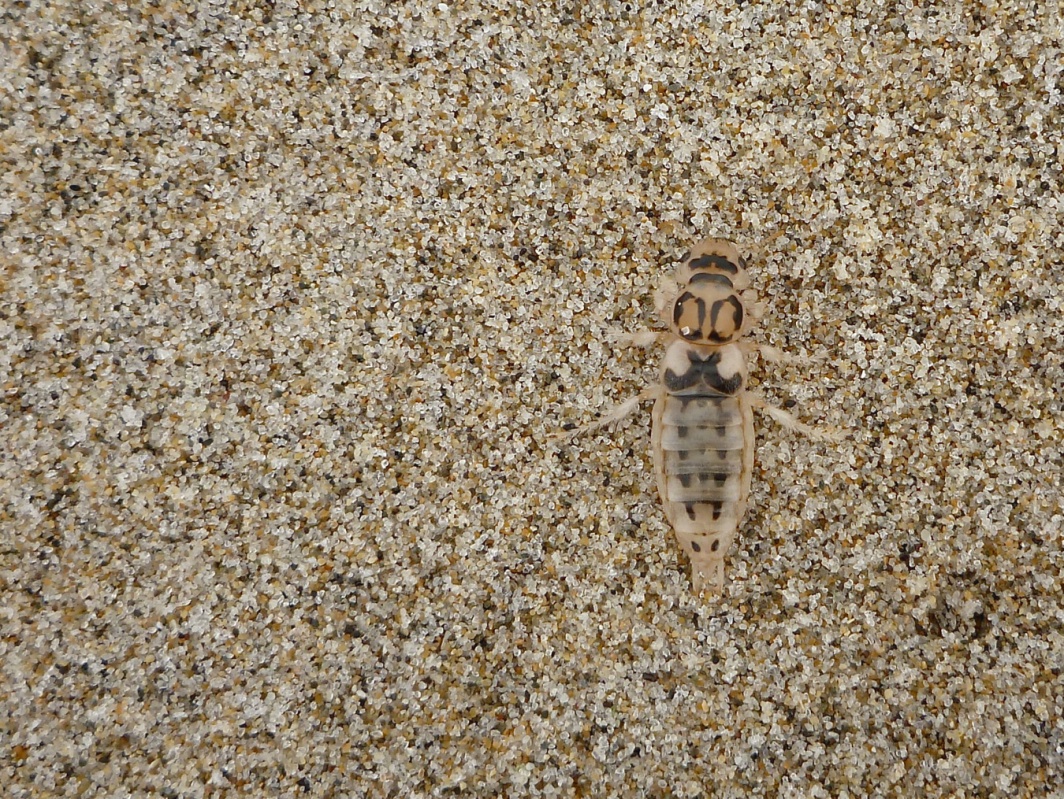
I’m glad to see a science based post about something I’ve never heard of before. I thought that the majority of the predators of the Beach Hoppers were vertebrates (birds and fish, specifically). You don’t see many insects in the wrack line and it is pretty cool to know that there is another one out there. I’m going to have to keep my eyes peeled for one next time I’m checking the wrack line.
I’m pretty sure this is the biggest of the staphlynids we would come across on our PNW beaches. They kind of mimic yellow jackets (I’ve seen a photo of ne in California that was yellow and black) and I’ve even heard people call them sand wasps. If you type in the scientific name on You Tube there is a video of them eating beach hoppers (in captivity).
This was fascinating Steve as i did not know these insects existed on beaches!
You have plenty of company. Lots of people don’t know they exist, even though they are fairly common. They are out and about only in the evening and early morning hours, so they’re easy to miss.